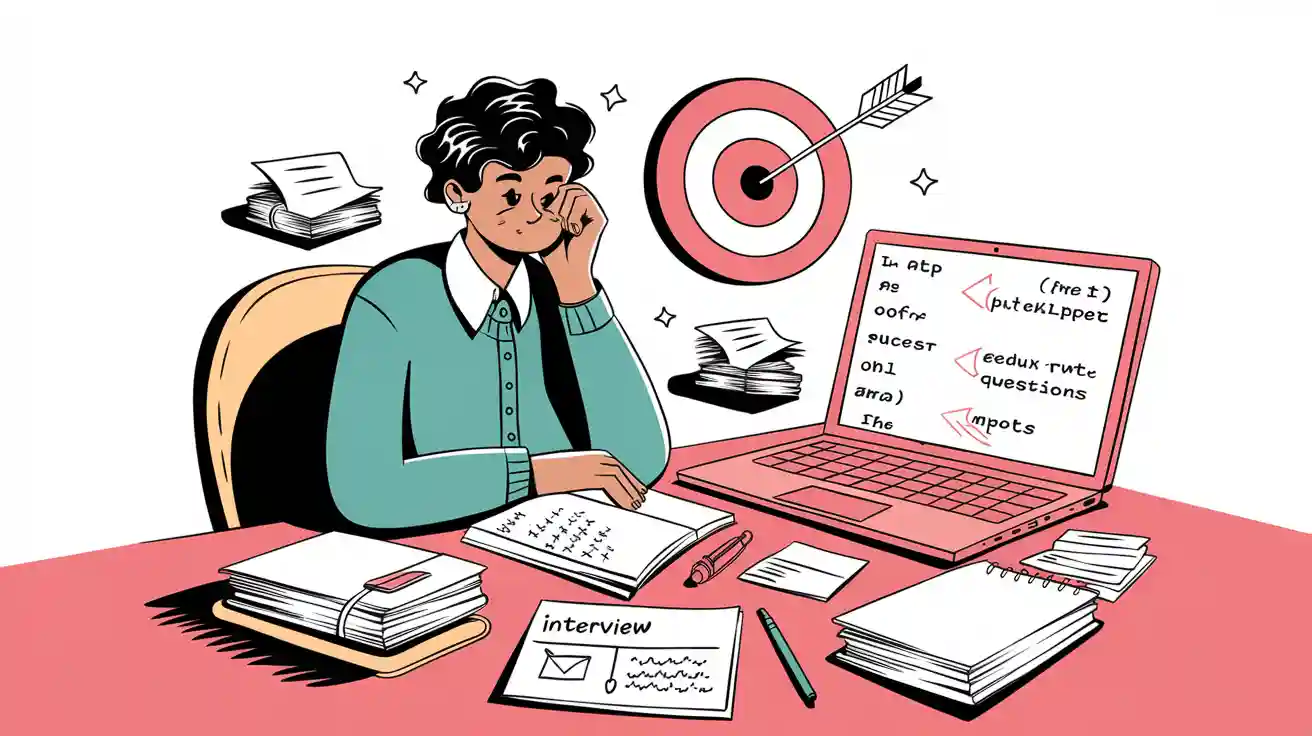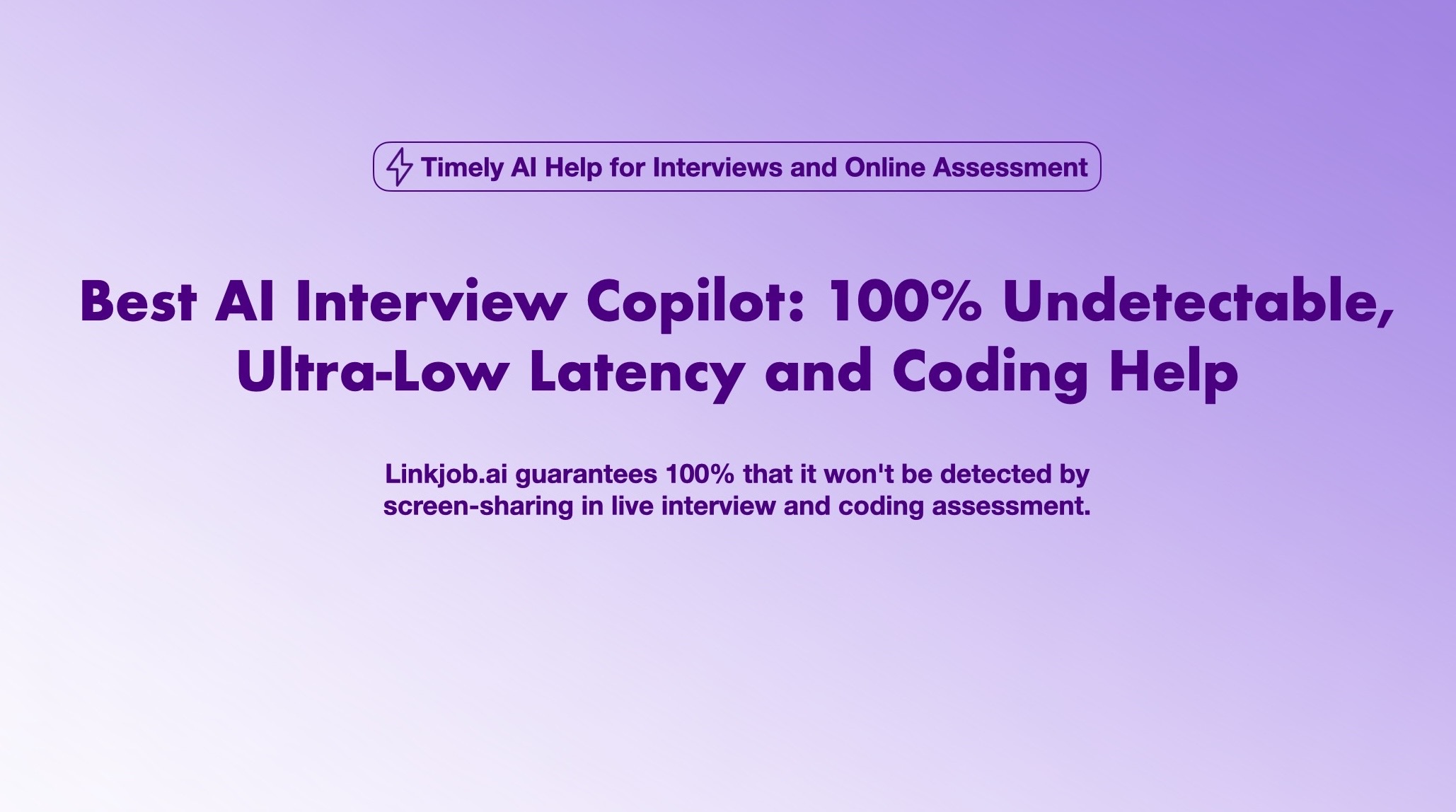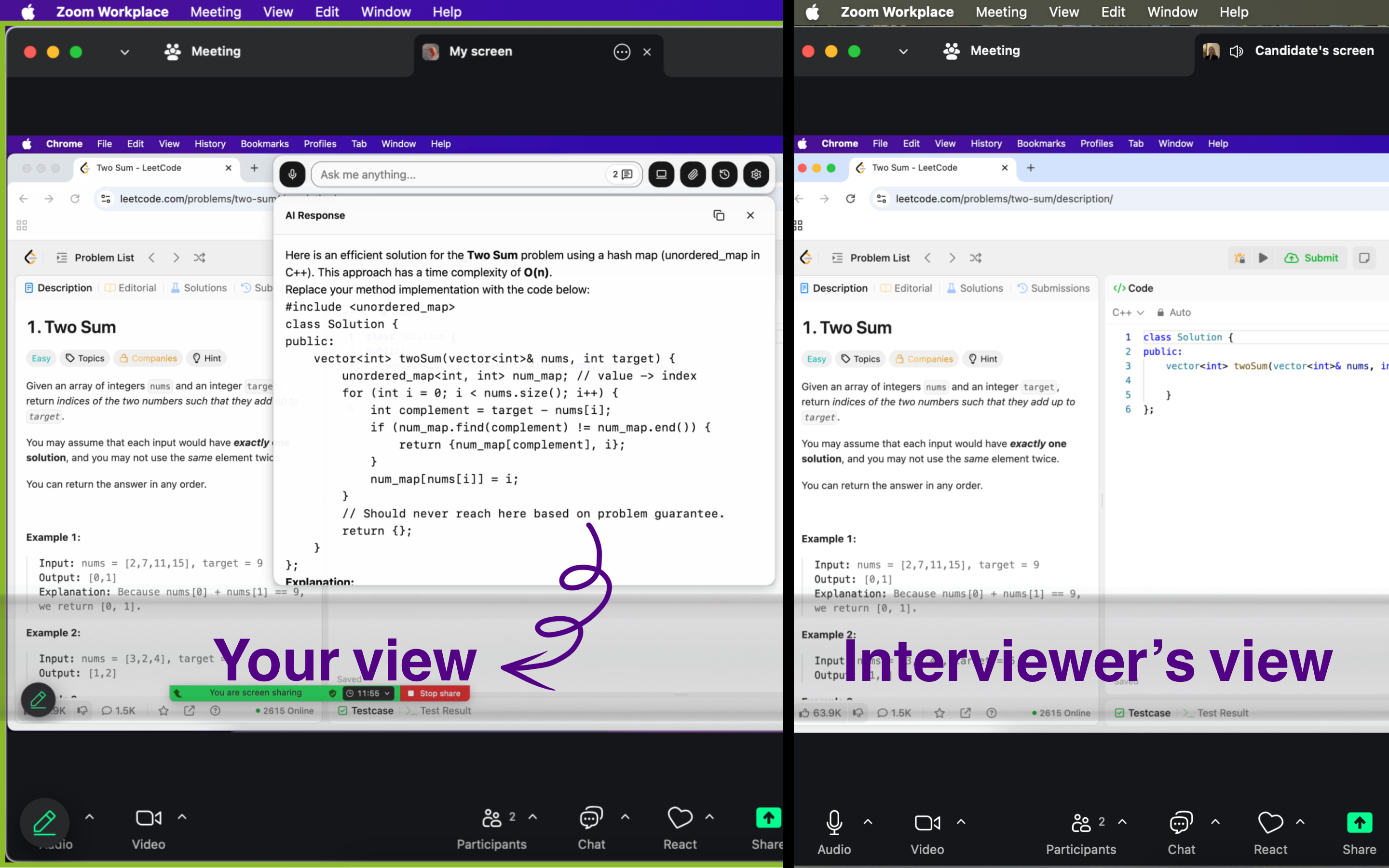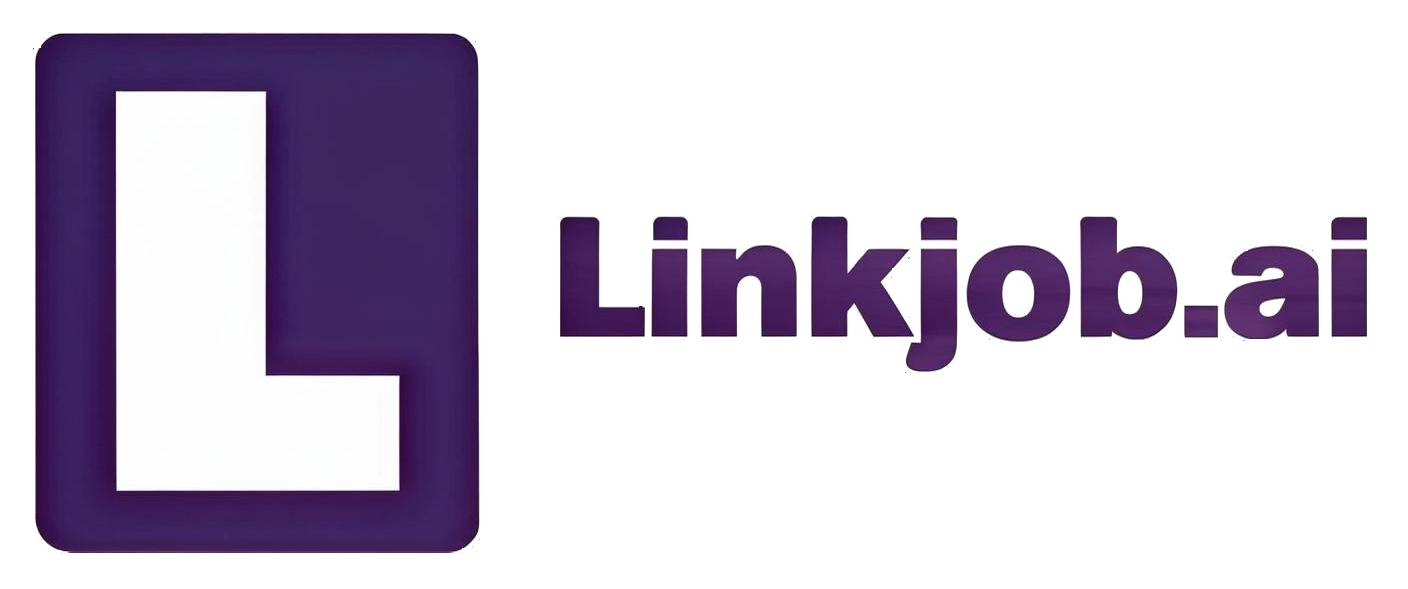My Step-by-Step Approach to Preparing for Redux Interview Questions

Getting ready for redux interview questions can feel overwhelming. I’ve faced nervousness, struggled to get feedback, and sometimes froze when hit with tough questions.
I have to say, Linkjob.ai is really incredibly useful. During the interview process, it's completely invisible—even if the interviewer requires screen sharing, the other party can't see at all that I'm using AI.
Many people find it hard to handle state immutability, debug performance problems, or manage complex forms.
Asynchronous operations and error handling trip up a lot of candidates.
What helped me most was setting clear goals and believing I could improve.
I practiced mock interviews.
I celebrated small wins.
I focused on progress, not perfection.

Assess Your Skills
Self-Check
When I started prepping for Redux interviews, I didn’t jump straight into coding. First, I took a step back and asked myself, “How well do I really know Redux?” I grabbed a notebook and listed out the main concepts: state management, actions, reducers, middleware, and store. I tried to explain each one in my own words. If I stumbled or felt unsure, I marked that topic for review.
I also quizzed myself with flashcards. I wrote down questions like “What does a reducer do?” or “How does middleware work?” and answered them without looking at notes. Sometimes, I recorded myself explaining Redux topics out loud. Hearing my own explanations helped me spot weak areas. If you want a quick way to check your understanding, try teaching Redux basics to a friend or even to yourself in front of a mirror. If you get stuck, that’s a sign you need more practice.
Tip: Don’t rush this step. Honest self-assessment saves time later. It’s better to find gaps now than during an interview.
Find Gaps
After my self-check, I wanted to pinpoint exactly where I needed improvement. I looked for tools that could help me dig deeper. I used a tool with multiple-choice questions to test my grasp of Redux fundamentals like state management, actions, reducers, and workflow. I liked how it covered all the key topics.
Next, I tried Written Response Test. This one pushed me to explain Redux concepts, design patterns, and best practices in writing. It showed me if I could communicate my ideas clearly, which is huge in interviews.
Here’s how I used these tools:
I took the Concepts & Knowledge Test to spot weak areas in my Redux basics.
I completed the Written Response Test to check my deeper understanding and communication skills.
Both tests helped me identify specific gaps. Once I knew what to work on, I could focus my study sessions and practice interviews on those topics. This made my prep much more efficient and targeted.
Redux Interview Questions Prep
Core Concepts
When I started tackling redux interview questions, I focused on the basics first. Interviewers always test the main ideas behind Redux. I made a table to help me remember the most important concepts in Redux:
Core Concept | Explanation |
|---|---|
Store | Acts as the single source of truth managing the global state and providing state access methods. |
Actions | Plain JavaScript objects describing intentions to change state, identified by a |
Reducers | Pure functions that take current state and action to calculate new state immutably without side effects. |
Immutable Updates | Creating new copies of state objects/arrays instead of modifying originals to ensure data integrity. |
One-Way Data Flow | The flow of data follows a strict cycle: Store → View → Actions → Store, ensuring predictable updates. |

I reviewed each concept and practiced explaining them out loud. This helped me answer basic redux interview questions with confidence.
Advanced Topics
After I felt good about the basics, I moved on to tougher subjects. Senior-level redux interview questions often cover:
Middleware like Redux Thunk and Redux Saga for handling async logic.
State normalization and using selectors for performance.
React-Redux components such as
<Provider>andconnect.Differences between Redux Toolkit and classic Redux.
Debugging with Redux DevTools and optimizing performance.
I made sure I could talk about these topics and give examples from my own projects.
Practice Coding
I didn’t just read theory. I wrote code for reducers, async actions, and middleware. I solved problems from curated lists and cheat sheets. These resources gave me quick ways to review and target my weak spots. I found that practicing with real redux interview questions made me faster and more accurate.
20 Classic Redux Interview Questions
I kept a list of the most common redux interview questions. I practiced answering each one until I felt ready for anything. Here are some examples:
What is Redux and why is it used?
What are the core principles of Redux?
Explain the role of actions in Redux.
What is a reducer and how does it work?
How does the Redux store function?
How do you connect React components to Redux?
What is middleware in Redux?
How does Redux handle asynchronous operations?
What is the difference between Redux and Context API?
How do you debug Redux applications?
What are selectors in Redux?
How do you handle side effects in Redux?
What is Redux Thunk and how does it work?
What is Redux Saga and when would you use it?
How do you structure a large-scale Redux application?
How do you prevent unnecessary re-renders in Redux?
What are some common anti-patterns in Redux?
How do you test Redux logic?
How do you handle form state in Redux?
How do you migrate from legacy state management to Redux?
Tip: Curated question lists and cheat sheets helped me study smarter, not harder. They saved me time and kept my prep focused.
Mock Interviews
Realistic Practice
Online Mock interview practice changed the way I prepared for redux interview questions. I used to get nervous and lose focus during real interviews. Practicing with realistic scenarios helped me stay calm and think clearly. I started by simulating interviews with friends and mentors. We asked each other tough Redux questions and tried hands-on coding tasks, like building a simple React-Redux component. This helped me understand state management and event handling better.
I also used Linkjob, an AI-based tool for interview preparation. Linkjob felt like a real interviewer. It listened to my answers, asked follow-up questions, and gave instant feedback. The tool adapted to my responses, so every session felt unique. I practiced explaining Redux principles, solving coding problems, and discussing middleware like Redux Thunk and Redux Saga. Linkjob even analyzed my communication skills and helped me improve my confidence.
Practicing with AI tools like Linkjob made a huge difference. I felt less anxious and more prepared for unexpected questions. The real-time feedback and analytics helped me polish my answers and build a stronger presence.
Here are some best practices I followed during mock interviews:
Answer advanced Redux questions to test my problem-solving skills.
Build React-Redux components to show my understanding of state and events.
Explain Redux concepts and best practices in writing.
Discuss code quality and review processes.
Using the STAR technique to prepare for the interview.
Feedback and Improvement
Getting feedback is the key to improving interview skills. I asked for specific feedback after every mock interview. Linkjob gave me detailed, actionable suggestions. It pointed out areas where I needed to be clearer or more concise. The feedback was tailored to my level, so I never felt overwhelmed.
I learned to request feedback on my technical answers and soft skills. Linkjob modeled how to ask for feedback, which made it easier for me to improve. I focused on making my answers relevant and easy to understand. Over time, I noticed my confidence growing. I started to communicate better and handle pressure with ease.
Tip: Always ask for feedback that helps you improve. Use it to guide your next practice session. The more you apply feedback, the better you get.
Real-Time Interview Support
Live Assistance
I remember sitting in a real interview, feeling my heart race when the interviewer asked a question I had never seen before. My mind went blank. That’s when I realized how tough it can be to answer unexpected redux interview questions on the spot. Even after hours of practice, live interviews always bring surprises.
That’s why I started using Linkjob’s real-time AI interview assistant for live interview. During my interviews, Linkjob listened to the questions and picked up on what the interviewer wanted. It quickly recognized the topic and gave me answer suggestions that matched both my resume and the job description. I didn’t have to panic or guess. Instead, I got smart hints that helped me organize my thoughts and respond with confidence.
This real-time support made a huge difference, especially for technical interviews. When I faced tricky redux interview questions, Linkjob helped me stay focused and clear. I could handle curveballs without losing my cool.
Note: Having a tool that listens and guides you in real time can turn a stressful interview into a chance to shine.
Staying Composed
Staying calm during high-pressure interviews is not easy. Over time, I found a few strategies that really helped me keep my composure:
I stopped trying to cover every possible topic. Instead, I focused on recent interview experiences and the specific role I wanted.
I practiced explaining my problem-solving steps out loud. This made my answers clearer and showed the interviewer I could think under pressure.
I stayed motivated, even when things didn’t go my way. Every setback became a lesson for my next interview.
These habits helped me build real confidence. With Linkjob’s real-time support and my own discipline, I walked into each interview ready for anything.
Looking for a Clear Path to Redux Interview Success?
Linkjob offers tailored mock interviews that simulate real Redux questions and provide instant feedback to improve your answers.
When the live interview starts, Linkjob listens and delivers context-aware suggestions to help you respond confidently and clearly. With this tool, you’ll build both your skills and your confidence to ace any Redux interview.
Projects and System Design in Redux
Build Examples
When I wanted to stand out in Redux interviews, I built real projects. I didn’t just read tutorials. I created apps that solved problems I cared about. One project was a task manager with user authentication and notifications. I used Redux to manage tasks, user data, and app settings. This helped me show how Redux handles complex state.
I followed the Modular Redux design pattern. I split my Redux code into slices. Each slice managed its own state and actions. This made my code easier to read and scale. I used reducer factories to reuse logic for different parts of the store. Scoped actions kept updates isolated, so bugs were easier to find.
Here’s what I did in my projects:
Used
react-reduxto connect components with selectors and action creators.Organized code into modules for tasks, users, and notifications.
Avoided prop drilling by using the Provider Pattern for global state.
Added Redux middleware like Thunk for async actions.
Tip: Build projects that use real-world features. Interviewers love seeing how you handle state, async logic, and debugging.
Explain Architecture
In interviews, I always explained my Redux architecture step by step. I started with the basics: actions, reducers, and the store. I showed how reducers are pure functions. They take the current state and an action, then return a new state. The store holds all the app’s state and updates when actions are dispatched.
I used simple code snippets to make my explanations clear:
const initialState = { tasks: [] };
function taskReducer(state = initialState, action) {
switch (action.type) {
case 'ADD_TASK':
return { ...state, tasks: [...state.tasks, action.payload] };
default:
return state;
}
}
I talked about best practices:
Keep reducers pure and state serializable.
Use constants for action types.
Prefer selectors to decouple components from state shape.
Organize code with folders for actions, reducers, and constants.
Use Redux hooks like
useSelectorfor modern code.
Note: When you explain your architecture, highlight why Redux makes your app predictable, easy to debug, and scalable. This shows you understand both the “how” and the “why.”
If you want to stand out, combine deep prep with real-time support. Walk into your next interview ready, clear, and confident.
FAQ
What resources helped me learn Redux faster?
I used official Redux docs, watched YouTube tutorials, and built small projects. Practice quizzes and mock interviews also gave me a big boost. Flashcards also helped me memorize key concepts.
What should I do if I forget a Redux concept during an interview?
I stay honest and admit I need a moment to recall. I try to relate the question to something I know. If I still struggle, I explain my approach and show my problem-solving skills.
Is it important to build real projects with Redux before interviews?
Yes! Building real projects helped me understand Redux deeply. I learned how to manage state, handle async actions, and debug issues. Interviewers love seeing practical experience, not just theory.

